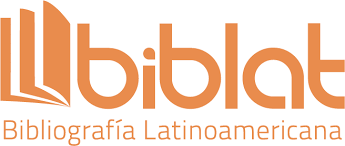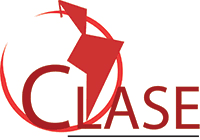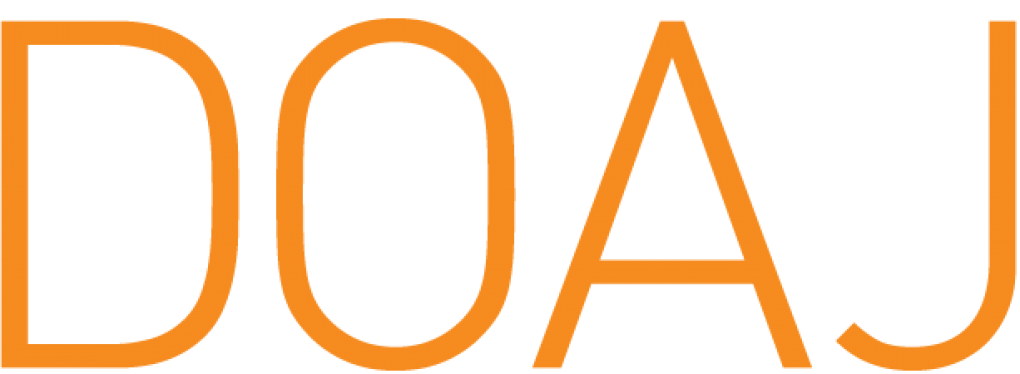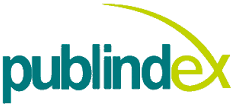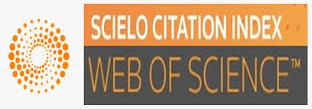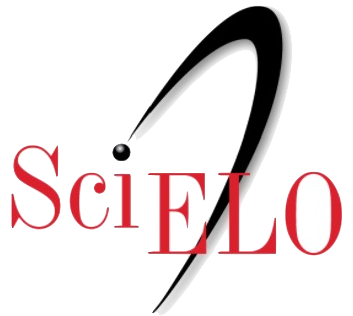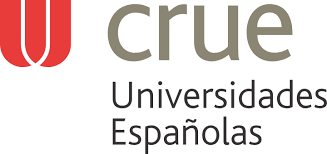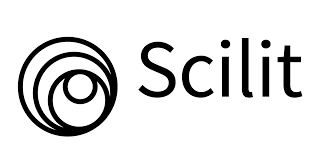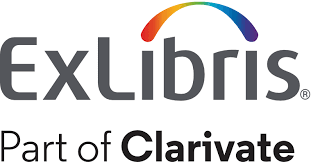Tipos de Conhecimento em Resolução de Problemas com Integrais Duplos, utilizando Software Matemático
DOI:
https://doi.org/10.22335/rlct.v6i3.670Palavras-chave:
Ensino Superior, Ensino da Matemática, Ensino Assistido por Computador, Resolução de Problemas, Tecnologia EducacionalResumo
A matemática aplicada é a ciência que permite o desenvolvimento que a engenharia alcançou; no entanto, a resolução de problemas tem sido a dorde cabeça para os alunos, devido à falta de ambientes virtuais que permitemo desenvolvimento de conceitos, habilidades e procedimentos. O projeto visa descrever a aplicação de diferentes tipos de conhecimento em resoluções de problemas de integrais de duplas em alunos que fazem uso de software matemático em comparação ao ensino tradicional. O trabalho teve como referência a teoria da tradução e solução de dois estádios para resolução de problemas segundo Mayer. A investigação foi do tipo quase experimental. Destaca-se nas dificuldades dos resultados na fase de tradução, pois apresentou um nível inferior para a compreensão das aulas teóricas, especificamente da linguagem matemática nos alunos; embora tenha evidenciado que os 18% de alunos que aprovaram o exame “pré-teste”, enquanto os 69% aprovaram o exame “pós-teste”; Conclui sobre a importância do uso do software matemático na aprendizagem do cálculo vetorial para a resolução de problemas com integrais duplos; embora, refletisse uma mudança positiva do estudante desenvolvendo as atividades com o uso do software.Downloads
Referências
Ardila-Rodríguez, M. (2011). Indicators of the Quality of Digital Educational Platforms. Educación y educadores, 14(1).
Artigue, M., & Ervynck, G. (1993). Proceedings of Working Group 3 on Students’ Difficulties in Calculus. ICME 7.
Ávila-Fajardo, G., & Riascos-Erazo, S. (2011). Proposal for the measurment of TIC impact in college teaching. Education and Educators, 169-188.
Ávila-Fajardo, G., & Riascos-Erazo, S. (2011). Propuesta para la medición del impacto de las TIC en la enseñanza universitaria. Educación y Educadores, 14(1), 169-188.
Barb, C., & Quinn, A. (1997). Problem solving does not have to be a problem. . The Mathematics Teacher, 90(7)., 536-542.
Buitrago-Pulido, R. (2015). Incidencia de la realidad aumentada sobre el estilo cognitivo: caso para el estudio de las matemáticas. . Educación y Educadores, 18(1)., 27-41.
Camarena, P. (2006). La matemática en el contexto de las ciencias en los retos educativos del siglo XXI. Científica, 4(10)., 167-107.
CCSSO, C., & NGA, N. (Septiembre de 2010). Common Core State Standards for Mathematics. Obtenido de http://www.core standards.org/assets/CCSSI_Math%20Standards.pdf.
Committee on Standards for K-12 Engineering, E., & National Research, C. (2010). Standards for K-12 Engineering Education? Washington, D.C.: National: Academies Press.
Cooper, S., Dann, W., & Pausch, R. (2000). Alice: a 3-D tool for introductory programming concepts. In Journal of Computing Sciences in Colleges (Vol. 15, No. 5), 107-116.
Descaves, A., & Butlen, D. (1999). Introduction du symbolisme à la fin de l’école élémentaire et au début du collège. In Actes du 26ème Colloque de la Corirelem.
Eisenberg, T. (2002). Functions and associated learning difficulties. . In Advanced mathematical thinking , 140-152.
G, & Galloway, P. (2007). Engineering Education Reform. Civil Engineering (08857024), 77(11), 46-51.
Goldsmith, L., Doerr, H., & Lewis, C. (2014). Mathematics teachers' learning: A conceptual framework and synthesis of research. Journal of Mathematics teacher education, 17 (1), 5-36.
Guacaneme-Mahecha, M., Gómez-Zemeño, M., & Zambrano-Izquierdo, D. (2016). Apropiación tecnológica de los profesores: el uso de recursos educativos abierto. Educación y Educadores, 19 (1), 105-117.
Hernández, R. (2016). Mathematical errors in procedural knowledge when solving quadratic surface problems. Revista Logos Ciencia & Tecnología, 8(1), 67-76.
Hernández, R. (2016). Tipos de conocimiento hacia la resolución de problemas en funciones vectoriales asistido por software matemático. Saarbrücken, Alemania: Editorial Académica Española.
Kashefi, H., Ismail, Z., & Yusof, Y. (2010). Obstacles in the learning of two-variable functions through mathematical thinking approach. . Procedia-Social and Behavioral Sciences, 8., 173-180.
Kashefi, H., Ismail, Z., Yusof, Y., & Rahman, R. (2011). Promoting Creative Problem Solving in Engineering Mathematics through Blended Learning. In Engineering Education (ICEED), 2011 3rd International Congress on IEEE.
Leonard, W., Gerace, W., & Dufresne, R. (2002). Problem resolution based on Analysis. Teaching of Sciences, 387-400.
Louis, L. (2009). The Epistemic Implications of Engineering Rhetoric. Synthese, (3), 333 - 358.
Mayer. (1986). Thinking, problem solving, cognition. Traducido por Graziella Baravalle. Barcelona: Edicionaes Paidos. p. 480.
Mayer, R. (2014). Incorporating motivation into multimedia learning. Learning and Instruction, 29., 171-173.
Mayer, R., Lewis, A., & Hegarty, M. (1992). Mathematical misunderstandings: Qualitative reasoning about quantitative problems. Advances in psychology, 91, 137-153.
Morrison, J. (2012). A Reading Strategy Approach to Mathematical Problem Solving. Illinois Reading Council Journal, 40(2), 31-42.
NCTM, N. (2000). Principles and standards for school mathematics. Reston, VA: NCTM.
Ortega, M., Duarte, H., & Lozano, J. (2016). Desarrollo del pensamiento en estudiantes de cálculo integral su relación con la planificación docente. Revista Científica, 3(23), 17-29.
Ortega, M., Lozano, J., & Tristancho, S. (2015). APPS en el rendimiento académico y autoconcepto de estudiantes de ingeniería/Apps in the academic achievement and engineering student self. Revista Logos Ciencia & Tecnología, 6(2), 198-208.
Paivio, A. (2006). Dual coding theory and education. In The Conference on Pathway. s to Literacy Achievement for High Poverty Children, 1-20.
Perkins, D. (1999). ¿ Qué es la comprensión? La enseñanza para la comprensión, 69-92.
Rahman, R., Yusof, Y., Ismail, Z., Kashefi, H., & Firouzian, S. (2013). A new direction in engineering mathematics: Integrating mathematical thinking and engineering thinking. In Proceedings of the Research in Engineering Education Symposium , 1-7.
Rasmussen, C., & Blumenfeld, H. (2007). Reinventing solutions to systems of linear differential equations: A case of emergent models involving analytic expressions. . The Journal of Mathematical Behavior, 26(3), 195-210.
Sabagh Sabbagh, S. (2008). Solution of written arithmetic problems and inhibitory cognitive control. Universitas Psychologica, 7 (1), 217 - 229.
Schwarzenberger, R. E. (1980). Why calculus cannot be made easy. The Mathematical Gazette, 64., 158-166.
Skemp, R. (1987). The psychology of learning mathematics. Psychology Press.
Sweller, J., Clark, R., & Kirschner, P. (2010). Mathematical Ability Relies on Knowledge, Too. American Educator, 34(4), 34 - 36.
Tall, D. (1993). Students’ obstacles in Calculus, Plenary Address, Proceedings of Working Group 3 on Students’ obstacles in Calculus. ICME7, 13-28.
Toro-Carvajal, L., Ortíz-Álvarez, H., Jimenez-García, F., & Agudelo-Calle, J. J. (2012). Los sistemas cognitivos artificiales en la enseñanza de la matemática. . Educación y Educadores, 15 (2)., 167-183.
Willcox, K., & Bounova, G. (2004). Mathematics in engineering: Identifying, enhancing and linking the implicit mathematics curriculum. In Proceedings of the 2004 ASEE Annual Conference & Exposition, Session (No. 2465).
Yudariah, M., & Roselainy, A. (2004). Teaching engineering students to think mathematically. In Conference on Engineering Education , (CEE 04).
Downloads
Publicado
Edição
Seção
Licença
Esta revista proporciona acesso livre e imediato ao seu conteúdo (https://creativecommons.org/licenses/by/4.0/legalcode#languages), sob o princípio de que fazer disponível gratuitamente pesquisa ao público apoia a um maior intercâmbio de conhecimento global. Isto significa que os autores transferem o Copyright à revista, para que possam realizar cópias e distribuição dos conteúdos por qualquer meio, sempre que se mantenha o reconhecimento de seus autores, não faça uso comercial das obras e não realize nenhuma modificação delas.

